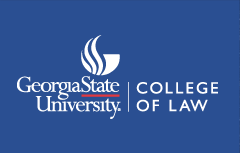Document Type
Article
Abstract
Property law has traditionally relied on tangible boundaries to delineate legal thinghood and to inform the bounds of in rem rights and duties. Unfortunately, property doctrines have fossilized around tangibility, causing fragmentation in the legal treatment of digital assets. In the United States, for example, cryptocurrencies and non-fungible tokens (NFTs) may simultaneously be classified as commodities, securities, currencies, assets, or not property at all, depending on the jurisdiction, domain, or specific asset in question. This fragmented system of overlapping legal treatments increases the information cost of using digital assets, decreases efficiency, and ultimately hinders future innovation. In this Article, I propose a unified and tech-neutral approach to legal thinghood, providing a theoretically coherent and robust way to increase property law’s resilience in adapting to future technologies. Specifically, I deconstruct the conceptual purpose of tangibility in traditional doctrines of legal thinghood, uncovering its role as a technology (i.e., a tool) in property law to delineate rights. From this insight, I derive a coherent doctrinal test for distinguishing between digital assets that fulfill all conceptual requisites to be legal things and assets that do not. By doing so, I conclude that the traditional ontological categories of property law, such as choses in possession, are sufficiently robust to incorporate new and evolving digital assets. This tech-neutral approach paves the way toward an elegant and efficient legal treatment of digital assets and digital resource management in the twenty-first century.
Recommended Citation
Joao Marinotti,
Tangibility as Technology,
37
Ga. St. U. L. Rev.
671
(2021).
Available at:
https://readingroom.law.gsu.edu/gsulr/vol37/iss3/3
